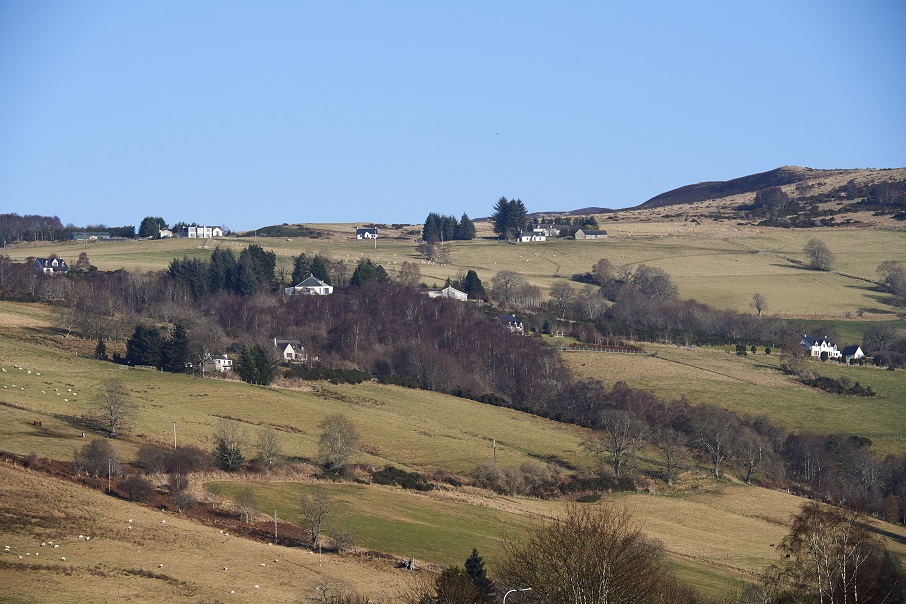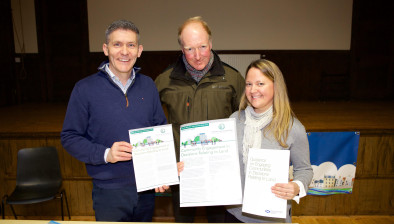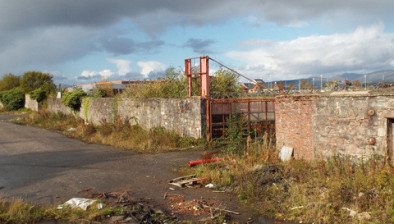Scottish Land Commission publishes new protocol on good land stewardship
Decisions made about land that consider the long-term impact on people’s lives, the environment and local community, will result in greater public benefit, according to a new Land Rights and Responsibilities Protocol published by the Scottish Land Commission.

The protocol states that when significant change is being proposed for an urban or rural landscape, owners, managers and users of that land have an opportunity to shape and guide the change in a way that delivers mutual benefits and enhances land for future generations.
According to the Commission, there are already many examples of good practice; many people with an interest in land make significant contributions to Scotland’s economy and for public benefit through producing food, providing housing, creating employment or contributing to nature conservation.
The new protocol suggests that owners and managers should routinely consider whether there are opportunities to make more productive use of land or buildings. Among a number of recommendations, the Protocol suggests they also:
- Actively consider the long-term impacts on the environment and on local communities, of decisions about land and buildings
- Take action to reduce greenhouse gas emissions and review the impact of management on biodiversity
- Consider creating publicly accessible green spaces, especially in areas where people live
- Take action to ensure that property assets that are at risk of becoming surplus are maintained in a reasonable condition awaiting re-use.
The protocol also sets out that everyone who owns, manages or uses land – including members of the public – should act responsibly, demonstrate consideration for the interests of others, care for the environment, and be accountable for their actions.
The Protocol on Good Stewardship of Land is the latest in a series of protocols produced by the Land Commission to encourage practical implementation of the Scottish Government’s Land Rights and Responsibilities Statement (LRRS).

Speaking about the new protocol, land commissioner Sally Reynolds said: “The way Scotland’s land is managed and used can have a significant impact on our individual and social wellbeing.
“As principle four of the Land Rights and Responsibilities Statement says, the holders of land rights are acting as stewards of Scotland’s land resource for future generations.
“Putting good stewardship at the heart of decision-making about land will take into account the long-term needs of local communities and contribute to better and more productive economic, social and environmental outcomes.”
The Commission is keen to hear about positive examples of good working relationships and welcomes information about successful collaboration between landowners and local communities to inform case studies. These case studies can help tell other landowners, managers and community organisations about good practice.
The Protocols will be kept under review by the Land Commissioners and the Good Practice Advisory Group to inform future recommendations that they will make to the Scottish Government.























